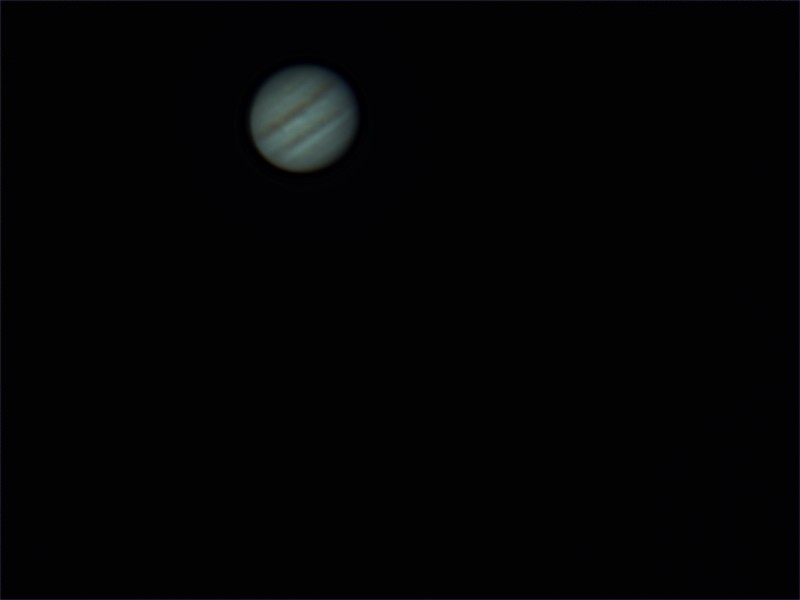On March 6, 2025, at 10:00 PM in Torrance, California (at El Camino College), Jupiter was prominently visible in the night sky, accompanied by its four largest moons—Io, Europa, Ganymede, and Callisto—collectively known as the Galilean moons.

🌌 Jupiter and Its Moons on March 6, 2025
At that time, the Moon was in a waxing gibbous phase, approximately 54% illuminated, and positioned about 9.8° to the upper left of Jupiter. This close proximity made for a striking celestial pairing in the southwestern sky. When the Curves Line Up

The Galilean moons were arranged in a configuration that, depending on your telescope’s orientation, might have appeared as follows:
- Io: Closest to Jupiter, possibly to the left.
- Europa: Near Io, slightly farther out.
- Ganymede: Farther from Jupiter, perhaps to the right.
- Callisto: The most distant, possibly on the same side as Ganymede.Sky & Telescope+1Space+1
This arrangement would have been visible through small telescopes or even good binoculars, offering a clear view of Jupiter’s moons lined up along its equatorial plane.
🔭 Observing Tips
- Telescope Orientation: Note that telescope optics can invert or mirror images. A Newtonian reflector, for instance, produces an inverted view, while a refractor with a diagonal may mirror the image.
- Moon Visibility: The bright Moon nearby could cause some glare, so using a moon filter or observing when the Moon is lower in the sky might enhance visibility of Jupiter’s moons.
- Timing: Observing earlier in the evening, when Jupiter is higher in the sky, can provide a clearer view with less atmospheric distortion.